Kobayat is a Lebanese town located northeast of Tripoli in Lebanon’s Akkar district and is 150km away from the capital Beirut. To be honest, I had never visited Kobayat or Akkar before 2010 as I wasn’t very familiar with the area and it was a bit too far, but I was really surprised when I went up the first time as I did not think such beauty and green scenery existed in Lebanon and I’ve been encouraging all my friends to visit Akkar and Kobayat ever since. Kobayat is a gorgeous town very rich in natural, historical, and religious pilgrimage sites and it’s an ideal weekend getaway with your family or friends.
Here are five reasons which you should visit Akkar and Kobayat this summer:
1- Eco-Tourism and Sightseeing: The largest green areas in Lebanon
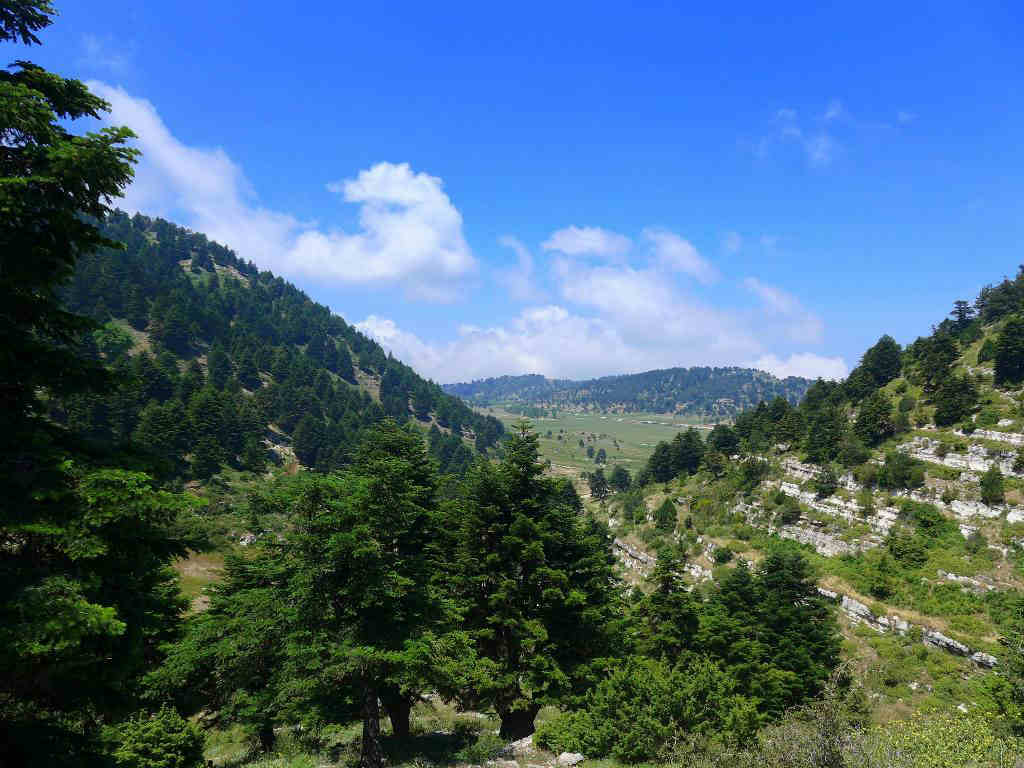
Kobayat is very green and very quiet. The forests in the Kobayat area and around it are the largest in Lebanon and the most bio-diverse in the region, there are at least three protected natural sites of forests including Karm-Chbat, one of the best naturally preserved Cedars forest reserve in Lebanon, Al-Chanbouq Reserve and Al Qammouaa (in Fnaidek) which are areas of rich biodiversity where you can find Cedar and pine trees as well as one of the largest Oak forests, characterized by its density & length, (غابة العزر) in the Middle East. If you head to Andkit which is 5 minutes away from Kobayat, you can visit the stunning Audeen Valley. Other natural attractions also include Ain Martmoura (Spring), Al Kobayat river & Ain al Sitt, a couple of springs and old caves in Fnaidek. There’s a lot of greenery everywhere you look and you can spend the whole day driving or walking around and enjoying the landscapes. Moreover, if you love trekking, hiking or mountain biking, you will find the most beautiful trails there.
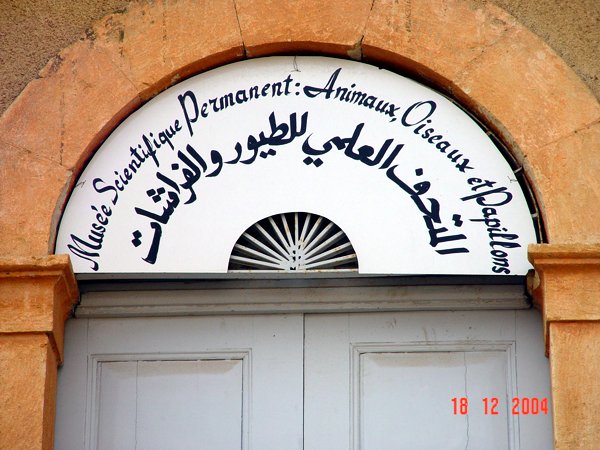
For those of you who like museums, Kobayat has an amazing scientific museum for birds, butterflies and animals that served once as a school for Carmelite priests back in 1908. The museum has over 400 species of birds and animals found in Lebanon and up to 4000 species of butterflies from all over the world.

2- History: Kobayat is one of Lebanon’s most ancient towns
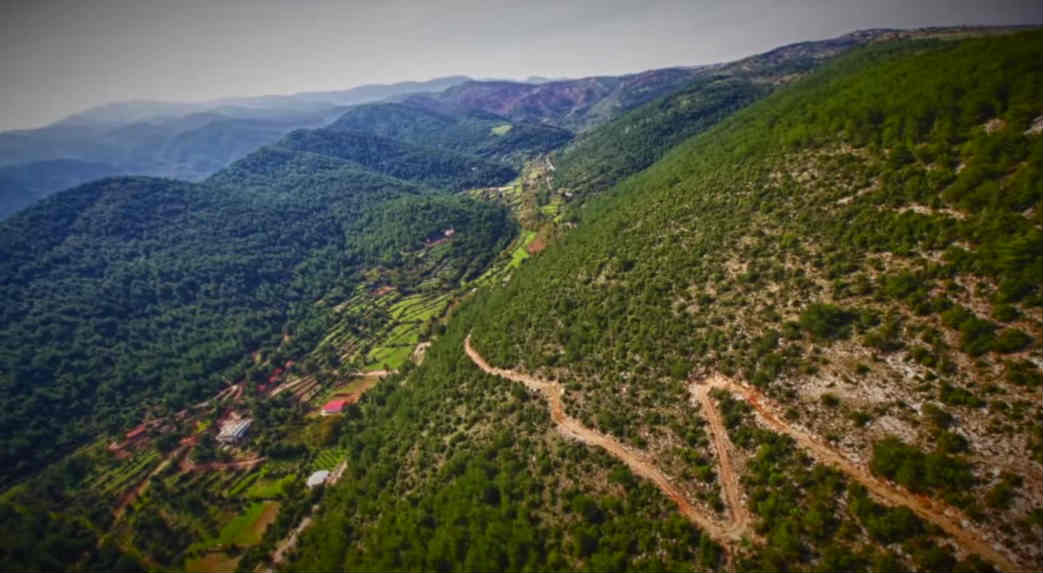
Kobayat is a very old town and was considered a major trading route on the Silk Road. You will find artifacts dating back to the Phoenicians, Greek and Roman Empires and others. Here’s a list of monuments that you can visit in Kobayat and its vicinity that include:
– An old silk plant and remains of old mills (also found in nearby Andkit).
– An old olive press with caves and engraved rocks in Akroum.
– A 13th century citadel in Akkar Al-Atika.
– Old citadels and mosques dating from the 19th century in Al Bireh and Bourj village.
– Al Hosn citadel and Nebuchadnezzar Rock in Kfarnoun.

3- Religious Tourism: Over 25 Churches,
Convents &
Monasteries
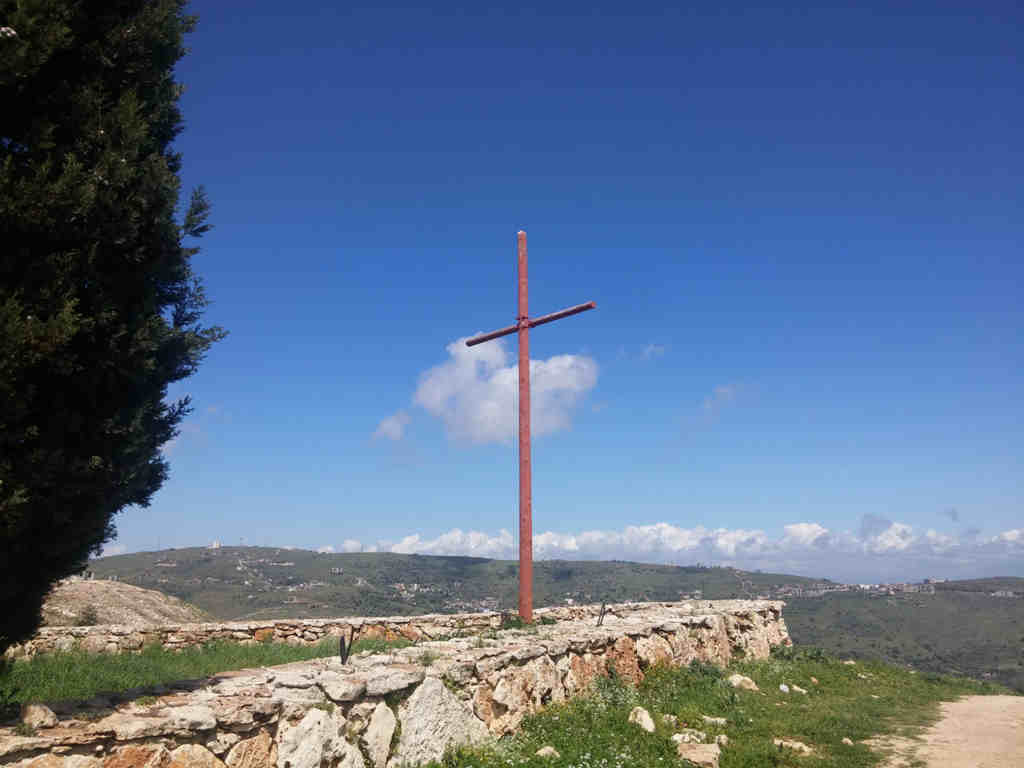
A lot of people visit Kobayat for faith reasons. There are tens of ancient churches, convents and monasteries in Kobayat and its vicinity and most of them are located in the most amazing spots all surrounded by greenery. Some of the popular religious sites in Kobayat are:
– Saydet (Our Lady) Al-Ghisseleh Ancient Church
– Mar Doumit Ancient Monastery for Carmelite Fathers
– Mar Challita Ancient Monastery (Andkit)
– Saint Joseph and Mar Saba Ancient Monasteries (Andkit)
– Mar Gerges (Saint Georges) Ancient Monastery and Church, near an Old Well
– Saydet Ghezrata Ancient Church
– Old Church in Al-Chanbouq Area
– Saydet Chahlo Church
– Mar Eliane Monastery within Al-Bat’aneh Valley buried underground (Andkit)
– Our Lady of the Fort (Saydet el Qalaa) in Mounjez
– Mar Elias in Oudine.
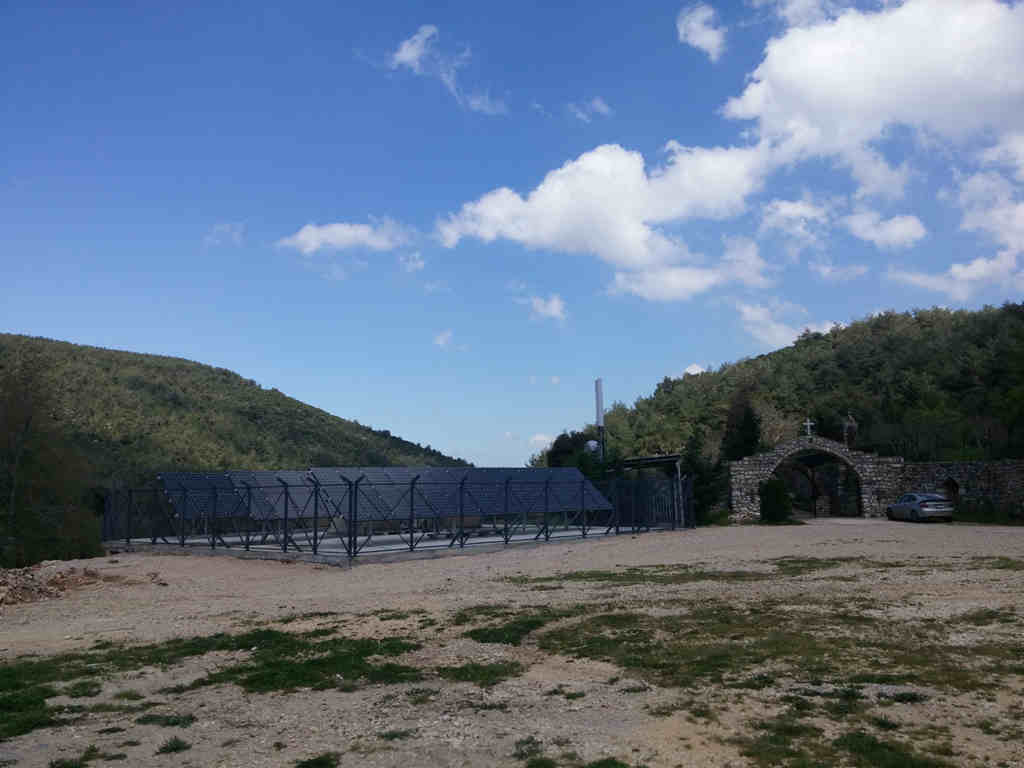
There’s also a huge cross in Kobayat worth visiting.
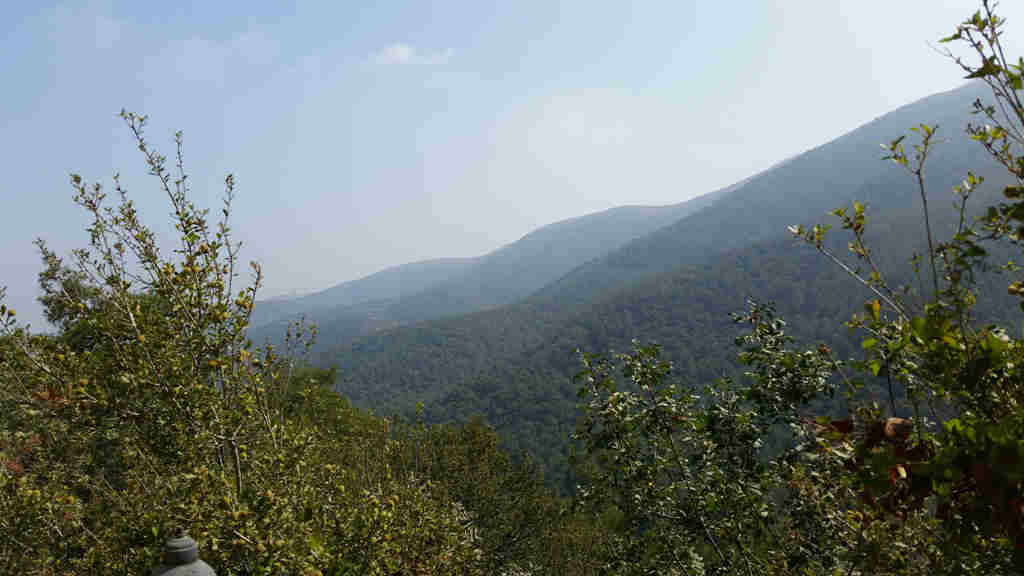
4- Kobayat is the starting point of the LMT (Lebanon Mountain Trail)
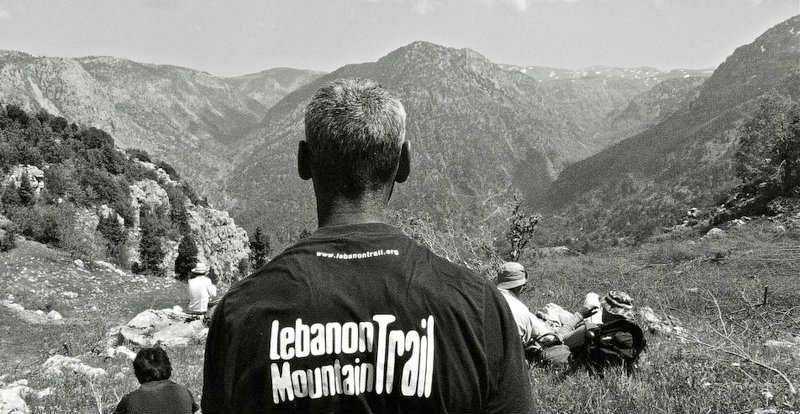
The Lebanon Mountain Trail (LMT) is the longest hiking trail in Lebanon as it pretty much covers the whole country. It extends from Kobayat in the north of Lebanon to Marjaayoun in the south, a 440 km path that transects more than 75 towns and villages at altitudes ranging from 600 to 2,000 meters above sea level. For more information, check their website [here].

The LMT is probably the best way to experience the natural beauty and cultural wealth of Lebanon’s mountains. Here’s a small video worth checking:
[YouTube]
5- Entertainement: Kobayat Summer Festivals:

I had the chance to meet the head of the Kobayat Festivals committee Cynthia Karkafi Hobeiche few months back during a reforestation campaign in Kobayat and she briefed me on the hard work they’ve been pulling to promote Kobayat and Akkar as a summer destination. The Kobayat festivals is the biggest event for the town during the summer as it occurs on the same weekend as Eid el Saydeh (Assumption of Mary holiday). Kobayat is always packed during this time of year, as most of the families go back to their hometown to enjoy the festivities and spend time with their families.
Wael Kfoury and Assi el Hellani are performing this year at the Kobayat festival. You can buy your tickets at [Virgin Ticketing Box office]. Bus lifts are available for $10 only. For more info, check out [Kobayat Festival on Facebook] or call 09 934 921.
 Kobayat Festival Committee is also organizing an eco-tourism and sightseeing day. Call 09 934 921 for further details
Kobayat Festival Committee is also organizing an eco-tourism and sightseeing day. Call 09 934 921 for further details
Where to eat in Kobayat?
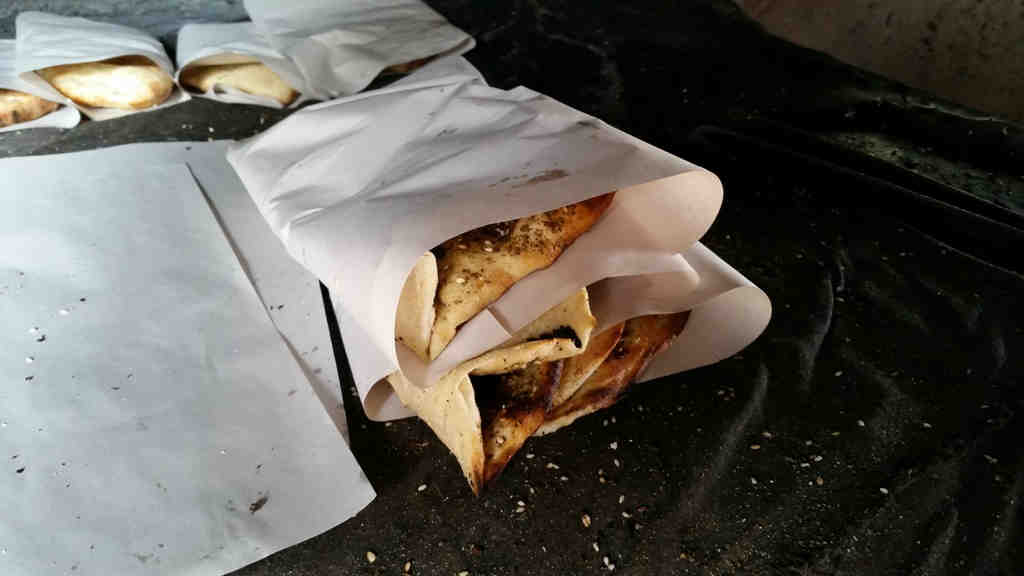
The first thing that you need to try if you are visiting Kobayat is the Tannour and (Tlamé) bread for breakfast. There’s a Tannour place at the entrance of Kobayat called Hatbe w Nara and an old Tlamé place in Andkit that I posted about previously. If you want to have lunch or dinner, there’s Kobayat Country Club, Karam Cafe, Chellel el Samak and Al Wadi (next to Mar Challita) restaurants. There’s also the traditional Kebbe that locals do but I don’t think you can find it in restaurants.
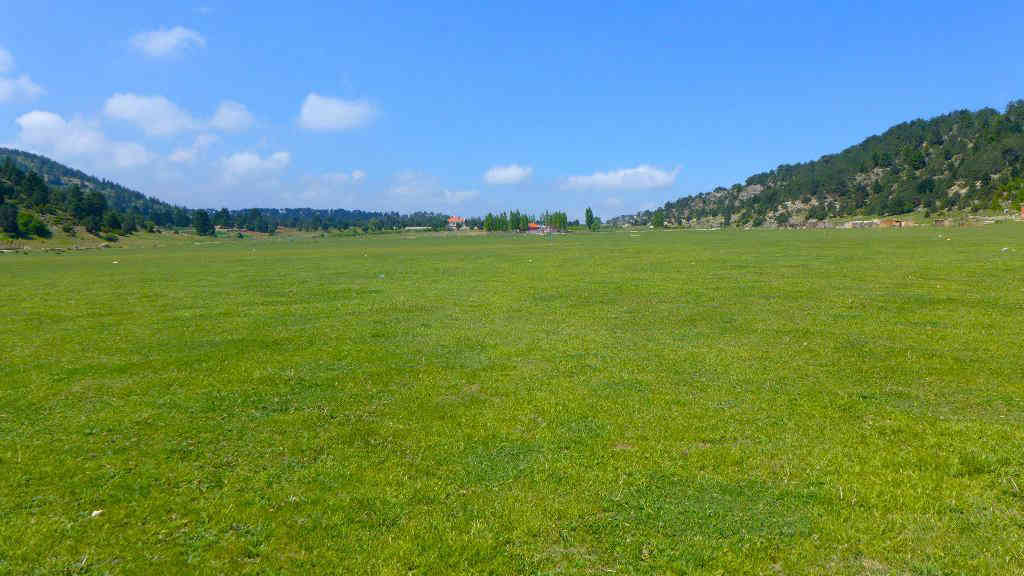
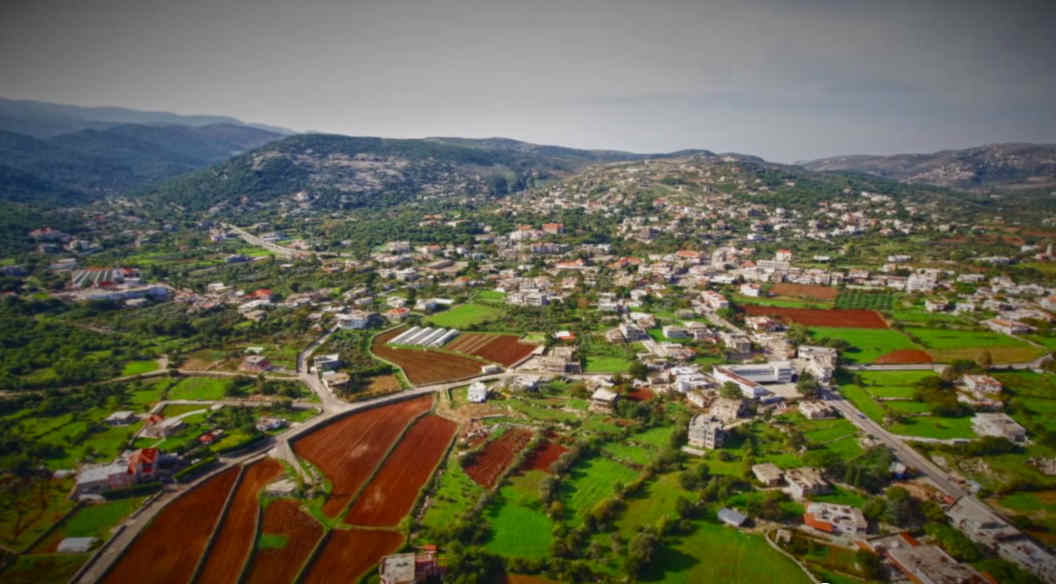
All in all, Kobayat is a beautiful town that I recommend you all visit this summer. You get to enjoy the beautiful nature, the trails, trees and forest and more importantly escape from the city and all the noise and pollution.
[YouTube]
Some of the pictures are taken from Dr. Antoine Daher with his permission of course. I use several resources for the post, including [Ebaladiyat], [MOT], this [document] and of course the Kobayat festival committee and its esteemed president.


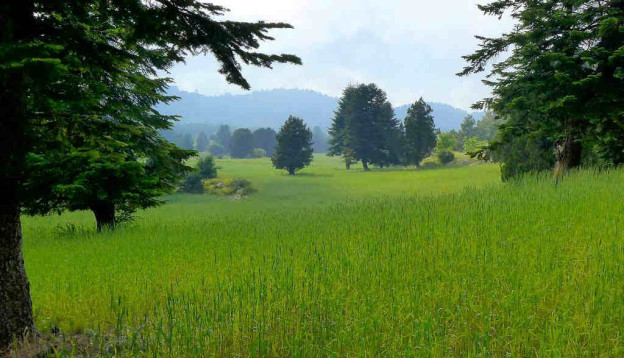








I’m really surprised that this is in Lebanon and akkar to be specific
government need to make tourist campain to discover this cities that are not very known in lebanon
hope to visit it soon
and there is a pic that look similar to window xp wallpaper :p
Amazing photos, thanks for the introduction to this place. It is a pleasant surprise to know that Lebanon still has green beauty. You should really write a traveler’s tourism book about Lebanon and all its hidden gems.
Fadi just google the list of lebanese towns and google each town by its name and look at the pictures…you will be seeing the best views and sights in your life
I am surprised at the number of mistakes in the number one reason that I stopped going any further. Kobayat is not a caza, Akkar is, being both a caza and governorate. The Turkey Oak forest (ghebit l ezr) is not the largest oak forest even in Lebanon. In fact it’s just a tiny forest of a really beautiful tree species that is not so common in Lebanon but more so in other eastern Mediterranean countries especially Turkey. The Qamou3a region is famous for its Fir trees (Chou7) and definitely not for pine trees which are almost non existent there, at least not at the altitude where the Cedar and the Fir usually thrive. Finally it’s Oudeen Valley not Audnay.
Elie,
Caza and Oudeen were typos I fixed them. As for the other info, they are taking from two studies that I linked to at the end. I ll be more than glad to fix them if you have any documents I can base myself on.
Please do go through the whole thing as I’d appreciate fixing any mistakes. I spent days working on this post.
Great article. Nevertheless there’s a mistake that I spotted, Mar Shalita is not in Andkit as mentioned above, it’s in fact in Kobayat itself an area called ( Hilsben) according to my mom who is from Kobayat. Keep up the good work
Great job Najib!
Thank you for this great article Najib!
Indeed Kobayath is a beautiful destination and it is a shame a lot of people never heard of it!
We kobayatis are all so proud of our hometown!
Just one small thing, – Mar Challita Ancient Monastery is in Kobayath and not in Aandkit 🙂
hope to see you there at Eid El Sayde!
Good Day, as I was searching where to stay in Kobayat for the weekend, i stopped by this site and I loved all what is in it.. I have never been to Kobayat but after what I saw, I can’t wait to go there.
Please advise any good hotel/accommodation we can spend the night in for this upcoming weekend?
Thanks 🙂
Hello Rana, I would recommend jabalna ecolodges. You can check their fb page, such a beautiful place.